The global food system stands at a precipice, strained by a burgeoning population, climate volatility, and the immense environmental footprint of conventional agriculture. In response, a quiet revolution is brewing not in sprawling fields, but in laboratories, fermentation tanks, and specialized farms. The quest for sustainable, scalable, and ethical nutrition is pushing the boundaries of science and technology, giving rise to a new generation of future foods. Among the most promising contenders are algae, mycoprotein, and 3D-printed meats, each representing a distinct pathway to reimagining what we put on our plates.
Algae, particularly microalgae like spirulina and chlorella, are not new to the human diet, but their potential is only beginning to be fully unlocked. These microscopic powerhouses thrive in a variety of water conditions, requiring far less land and freshwater than traditional crops. Their growth rate is astonishing, with some species doubling their biomass in a matter of hours under optimal conditions. The nutritional profile of algae is arguably its most compelling asset. They are incredibly dense sources of complete protein, containing all nine essential amino acids. Furthermore, they are rich in omega-3 fatty acids, typically found in fish, alongside a potent cocktail of vitamins, minerals, and antioxidants like astaxanthin. The challenge has historically been one of palatability and scalability for human consumption. Early products often carried a strong, fishy, or grassy taste that limited their appeal. However, significant strides in processing and refinement are changing this. Food scientists are now adept at isolating the valuable proteins, lipids, and pigments, incorporating them into a vast array of familiar products—from protein powders and pasta to energy bars and even algae-based butter and cooking oils. This allows consumers to benefit from the nutrition without confronting an off-putting flavor. The future of algae likely lies not just as a standalone food but as a ubiquitous, nutrient-dense ingredient seamlessly integrated into the global food supply chain, bolstering its nutritional value quietly and efficiently.
Moving from water to fermentation vats, mycoprotein presents another formidable solution to the protein problem. Mycoprotein is a filamentous fungal biomass, with Fusarium venenatum being the primary strain used commercially. The production process is a marvel of bio-efficient farming. It involves fermenting the fungi in large, sterile tanks using a glucose feedstock, often derived from sustainably sourced grains. This method is incredibly resource-light, generating high yields of protein using a fraction of the land and water required for beef or even poultry farming, and producing minimal greenhouse gas emissions. The resulting product possesses a naturally meat-like texture due to its fibrous mycelial structure, making it an ideal candidate for replicating the experience of eating whole-muscle meat, such as chicken breasts or steak tips, unlike many plant-based alternatives that are better suited to ground meat applications. Companies like Quorn have pioneered this space, offering a range of products that have gained significant market traction. The acceptance of mycoprotein hinges on its sensory profile—its ability to convincingly mimic the taste, texture, and mouthfeel of animal meat—and its nutritional benefits, being high in protein and fiber while low in saturated fat. As fermentation technology advances and scales, reducing costs, mycoprotein is poised to become a mainstream staple, offering a familiar meaty experience divorced from the environmental and ethical concerns of industrial animal agriculture.
Perhaps the most technologically audacious of the three trends is 3D bioprinting of meat. This approach aims to create real animal meat without raising and slaughtering an animal. The process begins with obtaining a small sample of animal cells, typically via a harmless biopsy. These cells are then multiplied in a bioreactor, nourished by a nutrient-rich culture medium, in a process called cellular agriculture. The key differentiator from other cultured meat techniques is the use of 3D bioprinting technology. printers are loaded with "bio-inks" consisting of these cultivated cells, along with other biological materials like hydrogels to provide structure. Layer by meticulous layer, the printer deposits these materials to build a complex, three-dimensional structure that replicates the muscle, fat, and connective tissue found in conventional meat. The ultimate goal is to recreate not just the nutritional composition of meat, but its exact texture, marbling, and culinary performance. While still largely in the R&D phase and facing significant challenges in scaling production and reducing prohibitively high costs, the potential is staggering. This technology promises a future where people can enjoy a genuine steak or chicken breast with a near-zero environmental footprint and without any animal slaughter, representing the ultimate convergence of gastronomy and ethics.
Despite their distinct origins, these three innovations are not operating in isolation. They represent complementary strands of a new food tapestry. Algae could serve as a perfect nutrient source for the culture media used in growing both mycoprotein and 3D-printed meat, creating a closed-loop, highly efficient system. The advancements in flavor science and texture engineering from the plant-based and mycoprotein sectors directly inform the development of more palatable and appealing products from all categories. Furthermore, they collectively face similar hurdles: consumer acceptance, navigating complex regulatory landscapes, and most importantly, achieving price parity with the heavily subsidized conventional meats they seek to augment or replace. Consumer education will be paramount, dispelling the " Frankenfood" myth and highlighting the profound environmental and health benefits.
The journey from niche novelty to kitchen staple will be long and complex, but the trajectory is clear. Algae, mycoprotein, and 3D-printed meat are more than mere alternatives; they are the vanguard of a necessary and inevitable transformation of our global food system. They offer a promise of a future where delicious, nutritious, and abundant food is produced in harmony with the planet, ensuring food security for generations to come without compromising on taste or ethics. The dinner plate of the future will be a testament to human ingenuity, a place where science and sustainability meet.

By /Aug 20, 2025
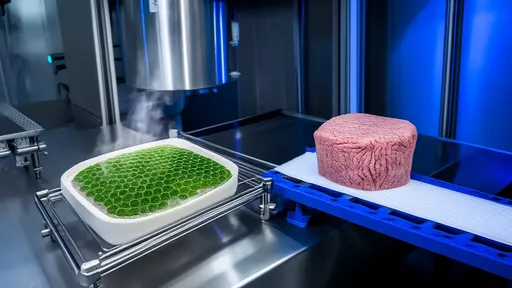
By /Aug 20, 2025

By /Aug 20, 2025
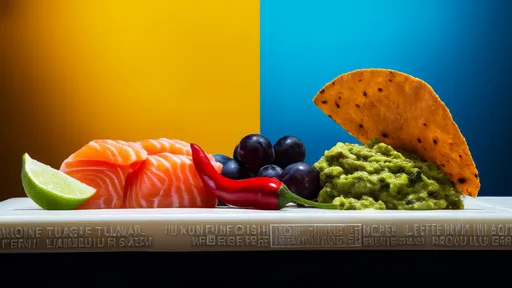
By /Aug 20, 2025

By /Aug 20, 2025

By /Aug 20, 2025
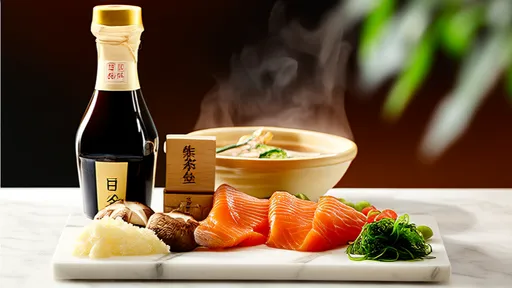
By /Aug 20, 2025

By /Aug 20, 2025
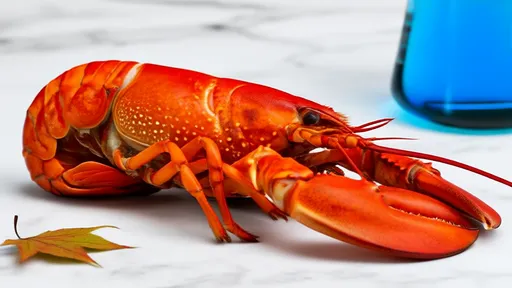
By /Aug 20, 2025
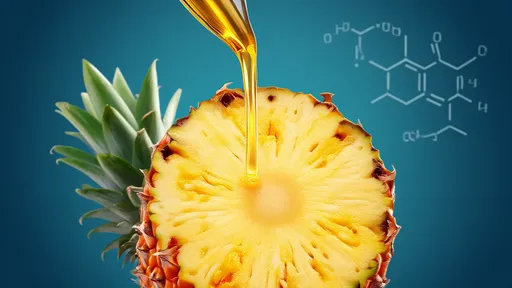
By /Aug 20, 2025

By /Aug 20, 2025

By /Aug 20, 2025
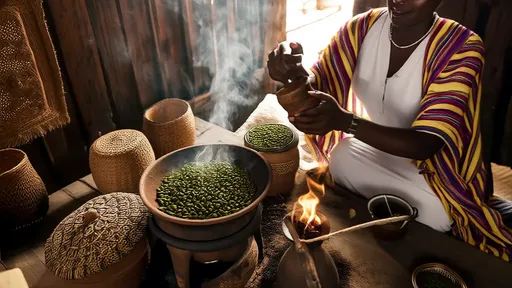
By /Aug 20, 2025

By /Aug 20, 2025

By /Aug 20, 2025

By /Aug 20, 2025

By /Aug 20, 2025

By /Aug 20, 2025

By /Aug 20, 2025

By /Aug 20, 2025